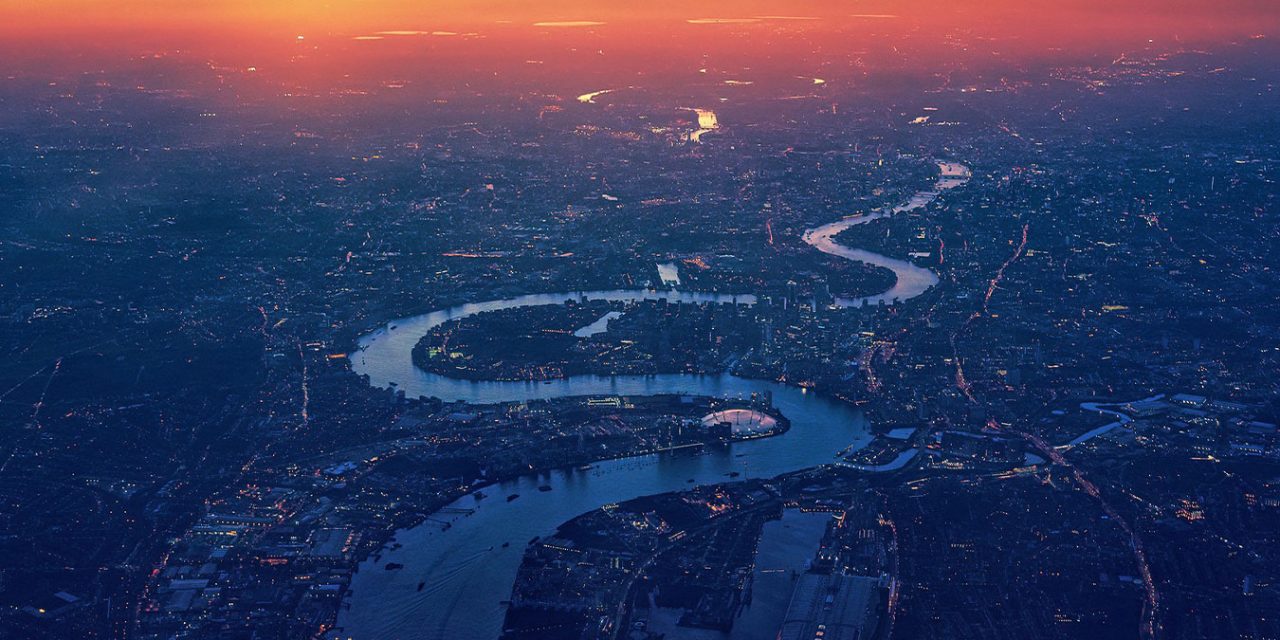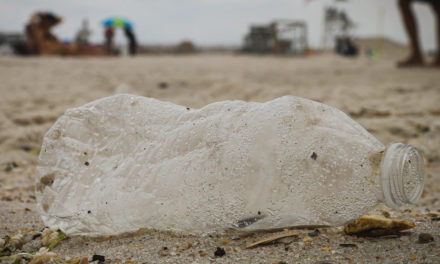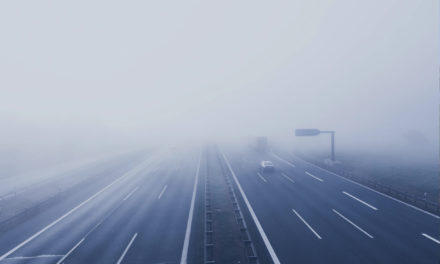Use Less Water
As well as increasing the supply of fresh water, the only way to ensure there is enough water to go around for everyone is to dramatically decrease consumption.
“We won’t have long-term water security unless all of us change our behaviour,” the chief executive of the UK Environment Agency, James Bevan, said in a conference on London’s water problems.
In comparison to other countries, British people use a lot of water, an average of 140 litres a day, compared to 95 litres in Denmark, and this must be reduced if we want to have enough water in the future.
“We need to change our attitudes to water so it becomes as socially unacceptable as throwing your plastic bags into the sea,” said Bevan.
A huge amount of water is also wasted every year through leakage, nearly 3637 million litres are lost every day in Britain through leaks; enough to supply 20 million people, according to figures from the UK Environment Agency.

Increase Supply
But as well as fixing leaks and re-educating people to use less water, there also needs to be an increase in supply but without inflicting further damage to the environment.
New reservoirs will have to be built to catch water during the wetter winter months, including a mega-reservoir planned near Abingdon in South Oxfordshire. More desalination plants will also need to be built to turn seawater into drinking water, although this is still an expensive process that requires a lot of energy.
Currently, London has one desalination plant at Beckton on the River Thames, which is only used during periods of drought, when other sources are depleted.
Another policy that is becoming more popular is the recycling of so-called grey water. This is where dirty water is purified and put straight back into the system, instead of dumping it into the sea or into rivers as currently happens. Thames Water is proposing to build a greywater treatment plant, which will recycle water for the whole of North London, by 2030.

The River Lea in Hertfordshire
A Quarter of England’s Rivers at Risk Say WWF
At the moment around 65% of London’s water is pumped from rivers, mainly the River Thames and the River Lea, with the remaining 35% drawn from aquifers. Neither of these methods is sustainable, given the population growth forecast for the British capital and surrounding areas.
Unless the government reforms laws on water abstraction, many of which are 50 years old, then natural habitats and wildlife will suffer.
If drought was experienced in the South East of the country like in 2017, then 23% of rivers could run dry. Data from the WWF shows that 550 rivers and lakes are already in a poor ecological state because too much water is being taken from them.
The chalk uplands that surround London, including the Chiltern Hills and the North Downs, are home to most of the world’s chalk streams, which are particularly vulnerable and at risk of drying up.
The River Chess, which flows through Buckinghamshire and Hertfordshire, has been dry 50% of the time over the last six years.
Fish that migrate upstream such as salmon, trout, and eels are particularly at risk, as are birds such as kingfishers, herons, and sandpipers.]]>
- Why is California So at Risk from Wildfires? - 13th November 2019
- Carbon Offsetting is Growing but Does it Make a Difference? - 11th November 2019
- Three Confirmed Dead as Australia Prepares for “Catastrophic” Bushfires - 11th November 2019






